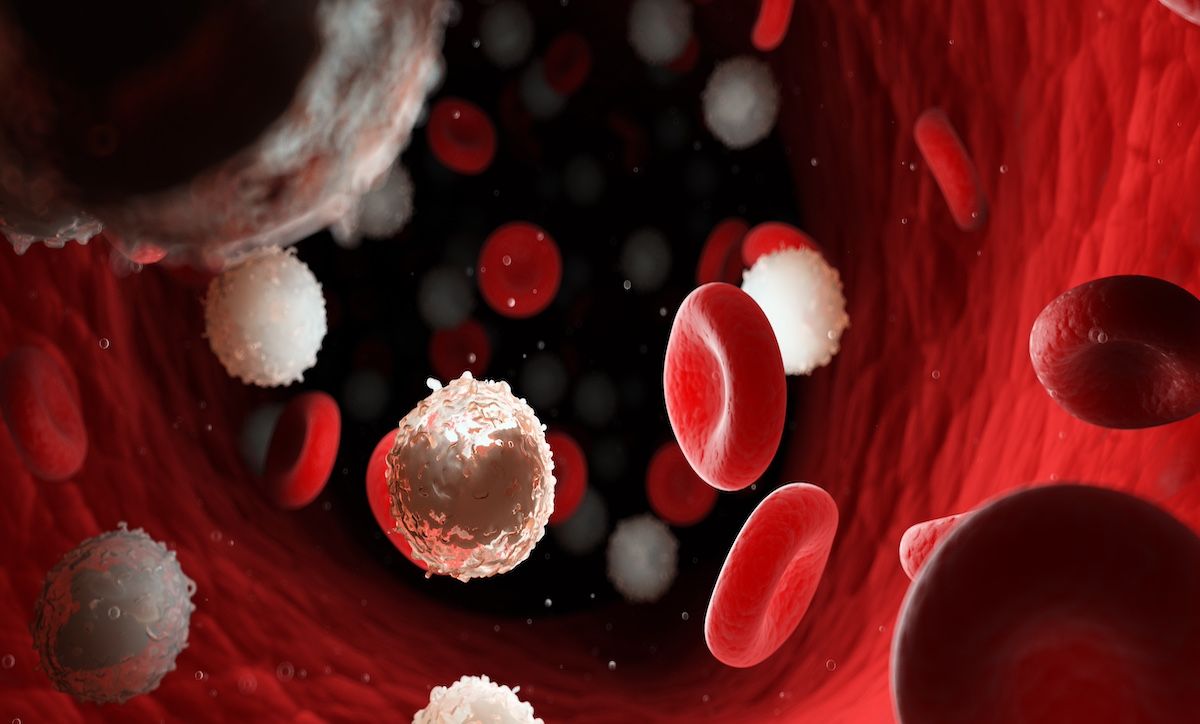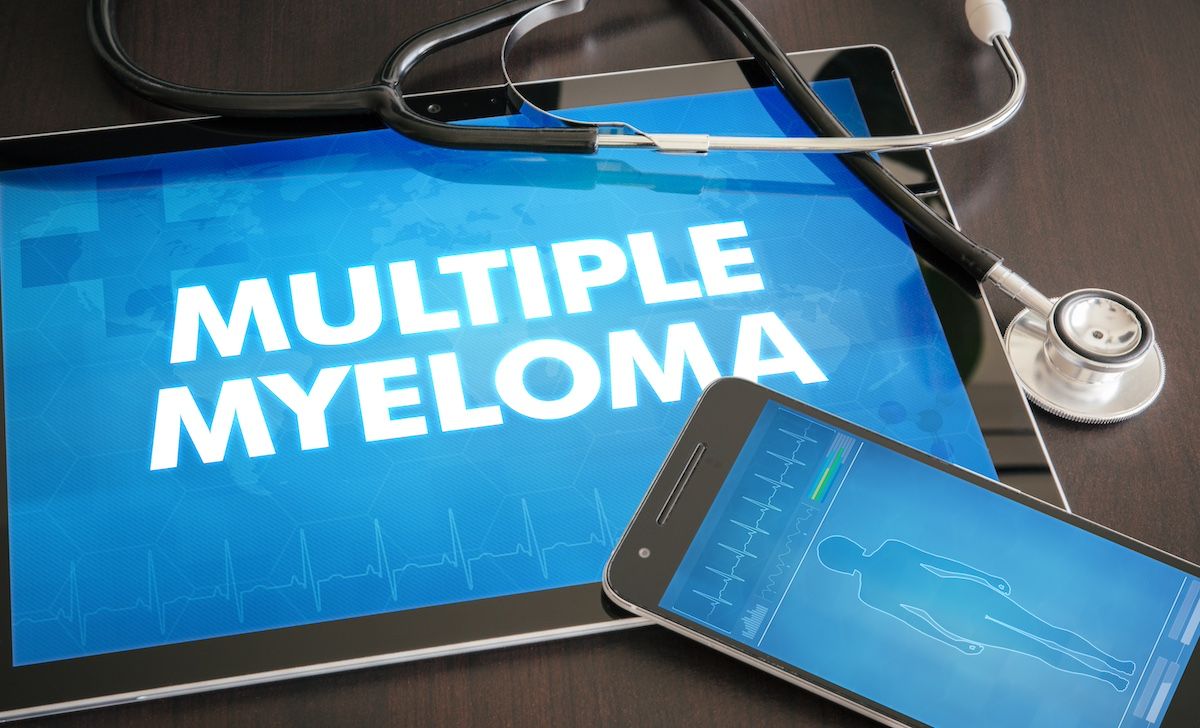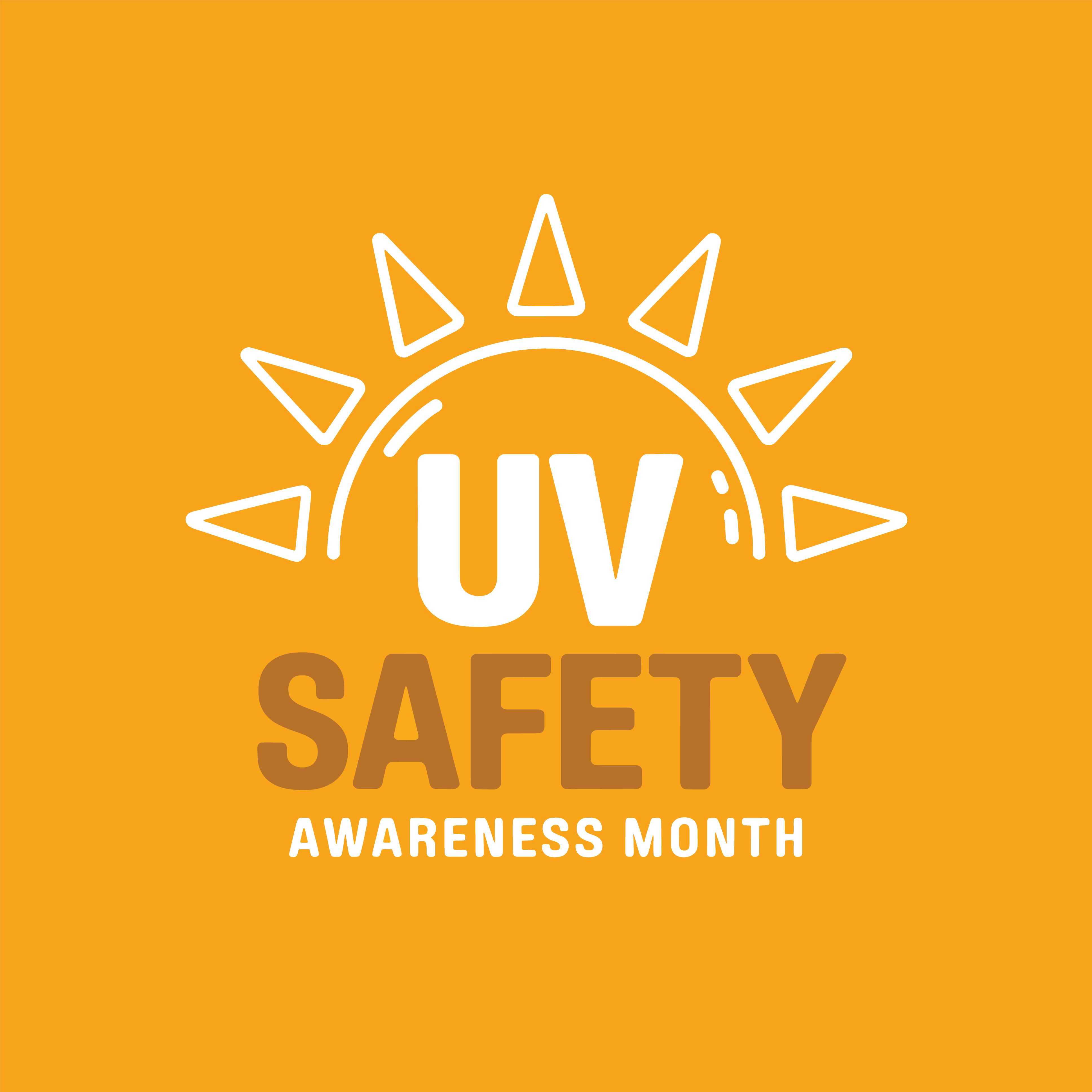Article
Analyzing the Near-Term Pipeline for Specialty Drugs
Author(s):
The Academy of Managed Care Pharmacy Annual Meeting kicked off on March 28, 2017, in Denver, Colorado, with a look at the specialty pharmaceutical pipeline with Aimee Tharaldson, PharmD, senior clinical consultant for emerging therapeutics at Express Scripts.
The Academy of Managed Care Pharmacy Annual Meeting kicked off on March 28, 2017, in Denver, Colorado, with a look at the specialty pharmaceutical pipeline with Aimee Tharaldson, PharmD, senior clinical consultant for emerging therapeutics at Express Scripts.
She started the session by identifying key market trends, including increased competition from biosimilars. She quickly ran through some of the older legislation before highlighting newer changes, such as naming guidelines. The newest naming guidelines that require a random 4-letter suffix mean that Zarxio, the first biosimilar approved, will have to change its name from filgrastim-sndz to filgrastim-bflm, since “sndz” looked too much like Sandoz, and thus could not be considered random.
“This is going to take a lot of time and money and various stakeholders are trying to delay the implementation of naming changes,” Tharaldson said.
The latest regulation introduced was interchangeability draft guidance, released in January 2017, which requires studies to identify interchangeability. The manufacturers have to complete switching studies, alternating between the biosimilar and the reference product 2 or more times to ensure clinical safety and efficacy.
There have already been a number of biosimilars approved, but not all of them have launched yet. Erelzi, reference product Enbrel, could possibly launch in 2018, but patents might also protect Enbrel until 2029, said Tharaldson. Similarly, Amjevita, reference product Humira, has been approved, but it is unclear when the product will launch. According to Tharaldson, AbbVie contends it has 60 patents protecting Humira, which means Amjevita likely won’t reach the market until at least 2022 or 2025.
In addition, there are another 7 biosimilars pending approval for the year. As of this time, biosimilars that come to market are still acting more like competing brands, sometimes with a 15% discount.
Another key market trend is the increased cancer drug development. While there had been a drop in cancer drug approvals in 2016, with only 4 drugs approved down from 15 in 2015, Tharaldson expects to see a rebound in 2017 with 12 to 14 new drugs approved.
However, these drugs remain expensive despite more being approved. “All the competition isn’t really bringing down the price yet,” she said.
Another key trend is orphan drug development. Since these are very expensive drugs, costing $300,000 a year or more, they often go on to be blockbuster drugs, thus making them very lucrative for drug makers.
As a result, development of orphan drugs isn’t slowing. In the near-term pipeline, 35% of the drugs are orphan drugs. However, Tharaldson did note that the Government Accountability Office has recently announced it will look into potential abuses of the Orphan Drug Act.
Therapy Classes
Throughout the presentation, Tharaldson discussed 10 different therapy classes, including inflammatory conditions, where Enbrel and Humira are the market leaders and biosimilars will provide competition.
She recommended keeping an eye on the interleukin-23 inhibitors for treatment of psoriasis. There are 2 in the near-term pipeline, guzelkumab and tildrakizumab, both of which have been very promising.
Multiple Sclerosis
The current treatments for multiple sclerosis (MS) include immunomodulators, monoclonal antibodies, and oral therapies. However, these has been significant development for patients with progressive MS, for which there are currently no FDA-approved treatment options.
There are 6 drugs in development for progressive MS. About 15% of patients are diagnosed with primary progressive MS, for which there are no acute relapses or remission.
Ocrelizumab was is expected to be approved on March 28, although it hadn’t been approved yet when Tharaldson spoke. The drug treats primary progressive MS and can treat relapsing forms; however, she noted some safety concerns that need to be monitored, such as the fact that 2.3% of patients developed tumors.
Cancer
There are a large number of cancer drugs even in the near-term pipeline. Current treatments for cancer include chemotherapy, targeted therapies, and immunotherapies. Tharaldson expects to see more breakthrough therapies approved, which will bring more treatments to the market more quickly, as well as more targeted therapies.
She noted a list of 22 drugs in the near-term pipeline, which didn’t even cover all the drugs in the near-term pipeline. Already, 11 are pending approval. Among the drugs being watched is midostaurin, which would treat acute myeloid leukemia (AML) and systemic mastocytosis. This is a breakthrough therapy for AML as these specific patients do not have a treatment, Tharaldson said.
In addition, the first CAR-T treatment, tisagenlecleucel-T for acute lymphocytic leukemia, is expected to be approved in October 2017.
“These CAR-Ts are interesting, you have to keep an eye on these medications,” Tharaldson said. “They’re very effective in clinical trials.”
CAR-T treatments are immunotherapies that are sent to a manufacturer to develop the antibodies to be infused in patients. It is a 3-week process and given as 1 infusion. However, they can cause cytokine release syndrome and neurotoxicity has also been seen in clinical trials.
“But, again, they’re very effective for patients who have no other treatment options,” she said.
NASH
While there aren’t any drugs in the near-term pipeline for nonalcoholic steatohepatitis (NASH), Tharaldson spent the time to go through some drugs in development because this is poised to be a very expensive drug class.
NASH is when there is fat in the liver, plus liver inflammation, plus liver damage, diagnosed by liver biopsy. As many as 16 million Americans have NASH, and another 6 to 10 million are at high risk of developing it. NASH is associated with comorbidities such as high cholesterol, type 2 diabetes, insulin resistance, and obesity.
“There really are limited treatment options other than losing weight eating a healthy diet, exercise and then obviously treating the comorbidities as well,” she said.
The soonest a drug may be available to treat NASH is 2019, and many of the drugs in development are oral therapies. However, Tharaldson noted that semaglutide, which is expected to be approved in September for diabetes, is also being looked at for NASH.
“It is expected that the NASH market could be as much as $35 billion per year,” she said. “So there’s a lot of focus on NASH.”
Newsletter
Stay ahead of policy, cost, and value—subscribe to AJMC for expert insights at the intersection of clinical care and health economics.





